Lovers of windowsill gardens sooner or later face the problem of insect pests. They enter homes through open windows and harm both indoor and outdoor plants equally. Whitefly is a frequent visitor to indoor plants.
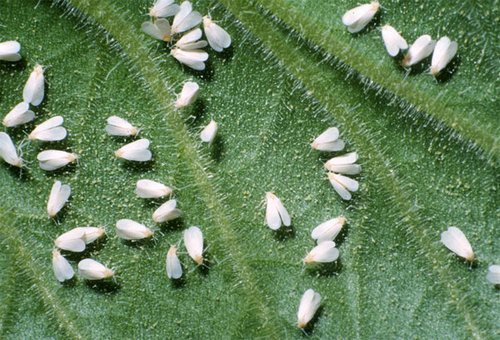
It is not always possible to recognize this insect. Often the symptoms of damage are attributed to improper care. Control measures not taken in time lead to the massive proliferation of whiteflies on indoor plants.
Basic information
This is a small insect (body length up to 3 mm) similar to a moth. Its wings seem to be sprinkled with white pollen, which is how the insect got its name. Females are usually larger than males. Mouthparts are sucking type. The larvae are small and not noticeable on the leaf at all. Each larva goes through 4 instars on the way to becoming an adult.
Most often, the insect attacks geranium, pelargonium and fuchsia, but can also switch to other plants in the house. In total, it affects about 300 plant species. They prefer warm and humid air, poorly ventilated rooms, and flower pots located close to each other.
There are several types of these insects. It has been noticed that indoor plants are mainly affected by greenhouse and tobacco whiteflies. Greenhouses especially suffer from this insect.
Whitefly harmfulness
The whitefly lays eggs exclusively on the inner surface of the leaf. For this reason, oviposition is not noticed in time, and after 1.5 weeks the first generation of larvae hatches.Insects secrete a viscous liquid of a special composition. It cements the oviposition and securely attaches it to the leaf. Therefore, it is very difficult to remove whitefly eggs from a plant. Larvae in the cocoon stage are absolutely resistant to any chemical insecticides, thanks to their durable shell.
A full-fledged insect is formed only after two weeks. At this point, their wings acquire a characteristic white coating, their eyes turn red, and the active feeding phase begins. It is at this moment that treatment and protective measures are necessary. Adult whiteflies leave a sticky (honey) coating on plants - a product of their vital activity. The function of gas exchange and transport of substances in the leaves is disrupted, which leads to rotting. In addition, this is an excellent environment for the development of pathogenic microscopic fungi. However, the greatest damage to plants is caused by larvae in their formation stage, and not by adults. For full development, the larvae intensively feed on plant juices, which causes irreparable damage to them.
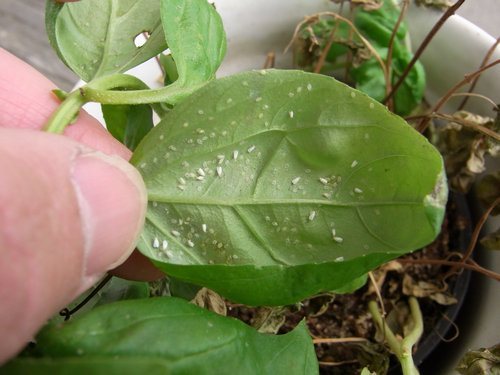
In addition to the direct harm caused to plants during its life, the whitefly can also pose an indirect threat. Often these insects carry dangerous plant viruses - leaf curl virus, a virus that causes stem curvature, various leaf spots, etc. Flowers become unable to function normally and soon die.
Control measures
It is necessary to take comprehensive protective measures against this insect, since individuals of different ages react differently to drugs. There are two approaches to protecting plants from pests: chemical and biological.
Chemical method
This method involves treating plants with chemicals. When choosing a chemical insecticide, you need to understand the classification of these products. So, according to the method of penetration of the active substance into the insect’s body, they are distinguished:
- Contact insecticides. The substance penetrates the pest’s body through the skin, by contact with any part of the body. Suitable for fighting insects without a durable chitinous shell.
- Intestinal-type insecticides. Their penetration into the body occurs through the mouth opening together. Causes paralysis and disorientation in the insect, leading to death.
- Systemic insecticides. Such drugs are applied to the plant itself, and they spread through its conducting system. Thus, small insects living in plant tissues die.
- Drugs of mixed type of action: contact-intestinal. Insecticides can penetrate the insect's body both through food and through the skin.
- Fumigants. Released in the form of smoke bombs. Exposure occurs through the respiratory tract of the pest.
Thus, both contact and intestinal preparations are suitable for controlling whiteflies. The most effective are: Admiral, Aktara, Kinmiks, Talstar, Konfidor, Mospilan, Fufanon and others. It is very important to follow the drug consumption rates that are usually indicated on the packaging. To independently select chemical insecticides, use a special publication - “Directory of Pesticides and Agrochemicals Recommended for Use on the Territory of the Russian Federation.” This guide is easy to find and download on the Internet.It presents only those preparations that are permitted for use in Russia, as they have passed all the necessary laboratory and field tests, as well as registration trials.
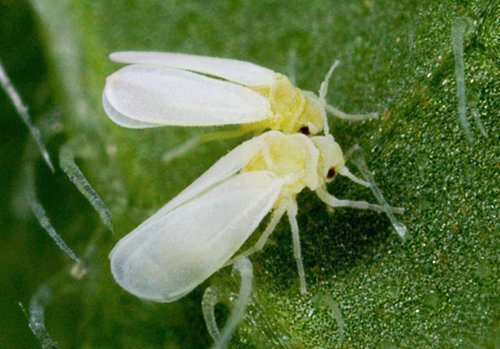
Biological method of protection
This is the youngest and most actively developing direction in plant protection. The main motto of this method is safety. It does not use toxic chemical components and preparations that can adversely affect human health and accumulate in plants. Treatment is carried out with harmless to humans biological preparations, which are based on live bacteria or their metabolites. This approach is indispensable for treating flowers in the house.
Biological preparations against whitefly:
- Fitoverm
- Lepidocide
- Bitoxibacillin
Despite the safety of these products, it is also necessary to follow the instructions when using the preparations. Do not increase the consumption rate of the preparation, this can adversely affect its effectiveness. When developing biological preparations, the optimal consumption rate is specially selected, at which the number of dead insects is maximum. Additional control measures
Since it is difficult to remove insects from the surface of leaves, it is better to trim the affected parts of plants
- Treatment with preparations (both chemical and biological) must be carried out several times - two or three. This is necessary, since several generations of larvae hatch from the egg clutches at certain intervals.
- Mechanical collection of insects and their destruction is important. This simple method will prevent mass reproduction of pests if it was carried out at the earliest stages.
- It is convenient to catch insects flying around the apartment with a vacuum cleaner.It presents only those drugs that are approved for use in Russia, as they have passed all the necessary laboratory and field tests, as well as registration tests.
- Biological method of protection
- This is the youngest and actively developing direction in plant protection. The main motto of this method is safety. It does not use toxic chemical components and drugs that can adversely affect human health and accumulate in plants. The treatment is carried out with biological products that are harmless to humans, based on live bacteria or their metabolites. This approach is indispensable for processing flowers in the home.
- 5 Carnivore Plants You Can Grow at Home
- Biological preparations against whitefly:


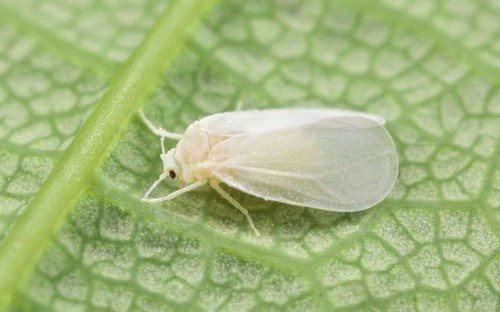


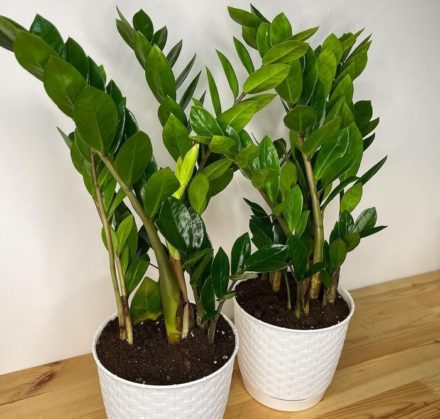
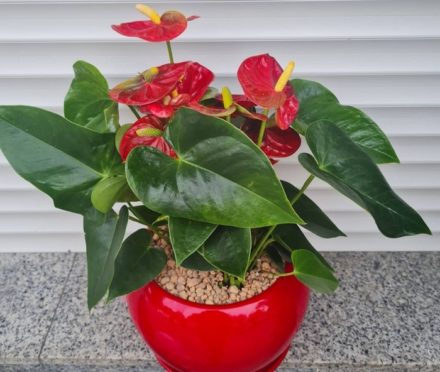
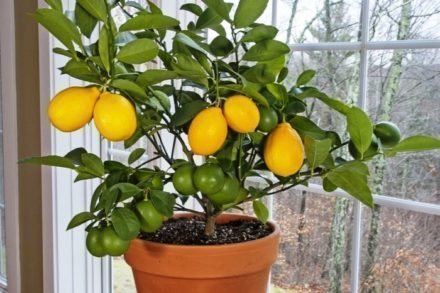
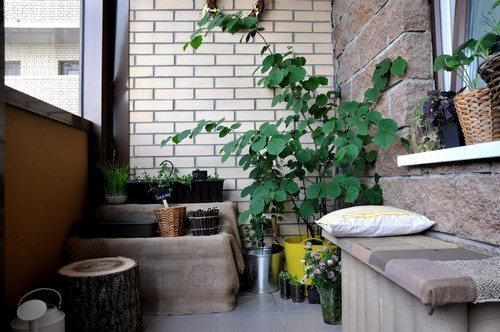

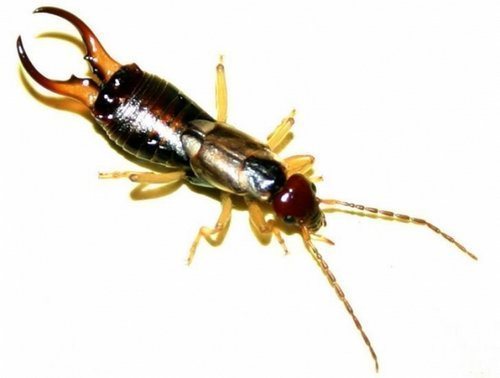
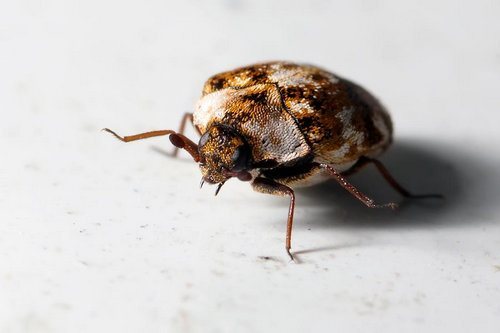

7 ways to get rid of greenhouse whiteflies without chemicals